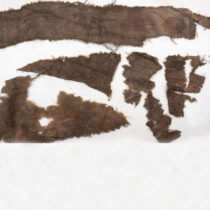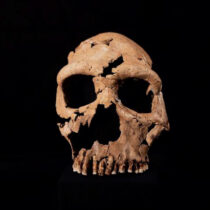Beautification is the expression of man’s desire to become distinct from his fellows by stressing in various, fashionable to his time, features of his body or head. This, being a universal phenomenon, is usually connected with rites and rituals related to archetypal psychological fears and/or the innermost yearning for the reproduction of the human species.
Already since antiquity, in the major Greek area, this common need is variously realized, especially as regards the hairdo. Hair has been popularly conceived not only as an element of beauty, but also as a source of power and life and as the residence of the human soul, in addition it has been related to the idea of renaissance as it keeps growing even after death has occured and functions as pars pro toto.
A multitude of especially diverse acts, usually symbolic and superstitious, derive from these general principles, directly or indirectly connected with the appearance of hair, its multiform cover and even the embellishments which are an indispensable part of it.
Primitives have long and neglected hair, however, already in the Early Paleolithic Age (33.000-8.000 BC) hairdressing seems to have attracted some interest and care as becomes obvious from certain works of sculpture or cave drawings dating from this period.

